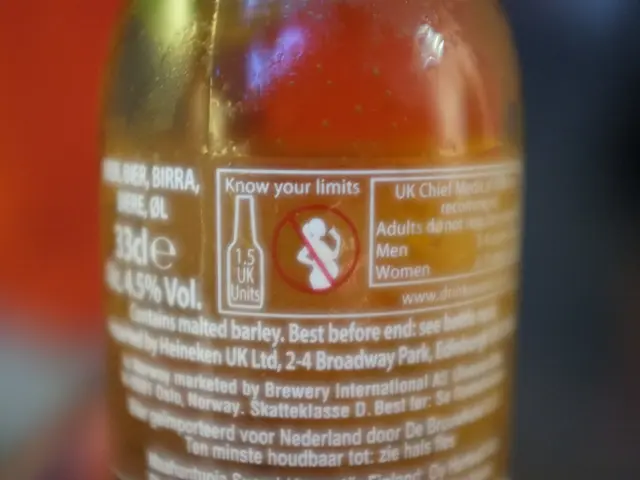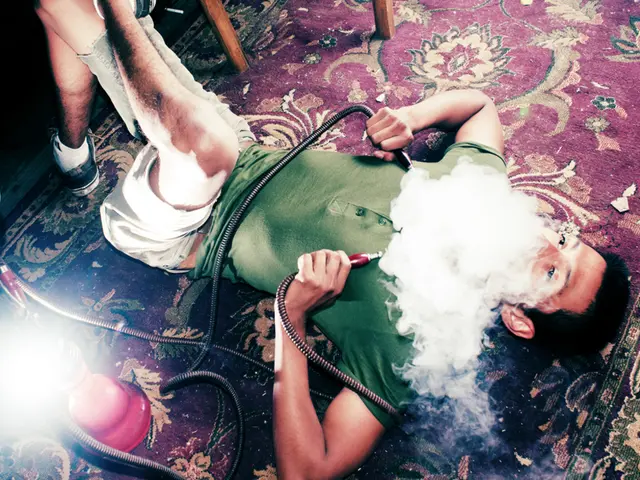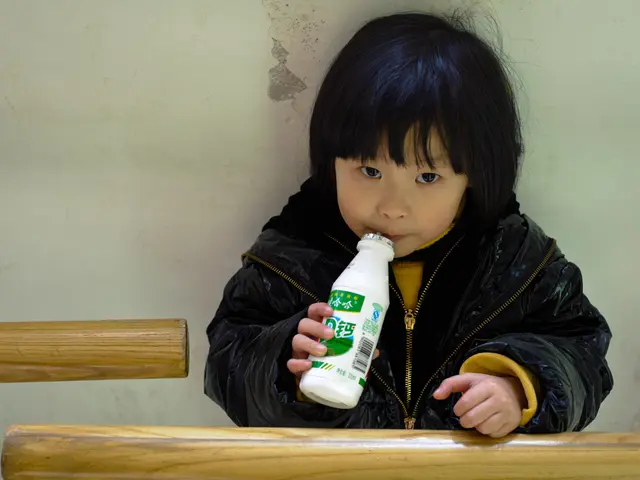Skin cancer incidences in Saxony have experienced a fourfold increase since the year 2005. - Increase in skin cancer diagnoses observed in Saxony since 2005
Saxony Witnesses a Fourfold Spike in Skin Cancer Cases since 2005
Skin cancer diagnoses have been escalating in the German state of Saxony, revealing a concerning trend, as revealed by the Barmer health insurance company. Notably, baby boomers and older age groups have been hit the hardest due to UV damage accrued in their youth. Specifically, black skin cancer cases have more than doubled, rising from 8,100 in 2005 to around 16,800 in 2023, while diagnoses of white skin cancer have tripled, going from approximately 32,000 to nearly 98,000 within the same timeframe.
Women aged 50 to 59 are disproportionately affected, with a rate that has doubled compared to women born between 1946 and 1955. Monika Welfens, the regional manager for Barmer, attributes this increase to severe sunburns sustained in childhood and adolescence, which often go unnoticed due to insufficient sun protection.
"Preserving the skin from harmful UV rays during our formative years plays a crucial role in our future health," Welfens explained. Overindulgence in sunbathing or solarium use in the 1980s and 1990s remains a significant contributing factor, as the damage inflicted upon the skin during these years can lead to consequences decades later.
In 2023, the region witnessed more men than women diagnosed with both black and white skin cancers. Skin cancer is a leading type of cancer in Saxony, as per Barmer's report. As the population ages, early detection becomes increasingly pivotal for successful treatment.
Healthcare professionals anticipate a continuation of this rising trend due to behavioral patterns in younger years, increased life expectancy, and an expanding elderly population. Men aged 70 and above face a notably higher risk, while the risk decreases among those under 40, particularly those born post-1980.
Barmer suggests a change in attitude among younger generations, as parents become cognizant of the perils associated with sunbathing and solarium use. Parents are now paying more attention to sun protection for their children, fostering a healthier approach. Welfens encourages the use of high-factor sunscreen, wearing long-sleeved clothing, hats, and avoiding direct sunlight to minimize risks. Solarium use should be avoided, and routine skin checks are crucial for early detection.
"A tan never equates to a healthy complexion," Welfens emphasized, stressing the importance of caution in sun exposure. Regular screenings, combined with sun protection, significantly reduce the risk of skin cancer.
- In response to the surge in skin cancer cases, emphasizing the importance of vocational training in health and wellness, Barmer encourages healthcare professionals to advocate for sunlight safety in their vocational training programs.
- To counteract the damage inflicted by sunlight during the peak 'tanning' years of the 1980s and 1990s, implementing science-backed policies focused on skin-care and UV radiation protection in community policies becomes imperative.
- The revelation of diseases such as cancer and medical-conditions, including skin cancer, warrants a society-wide shift towards proactive health habits, demonstrating the intersection of vocational training in science and healthcare with one's overall well-being.








